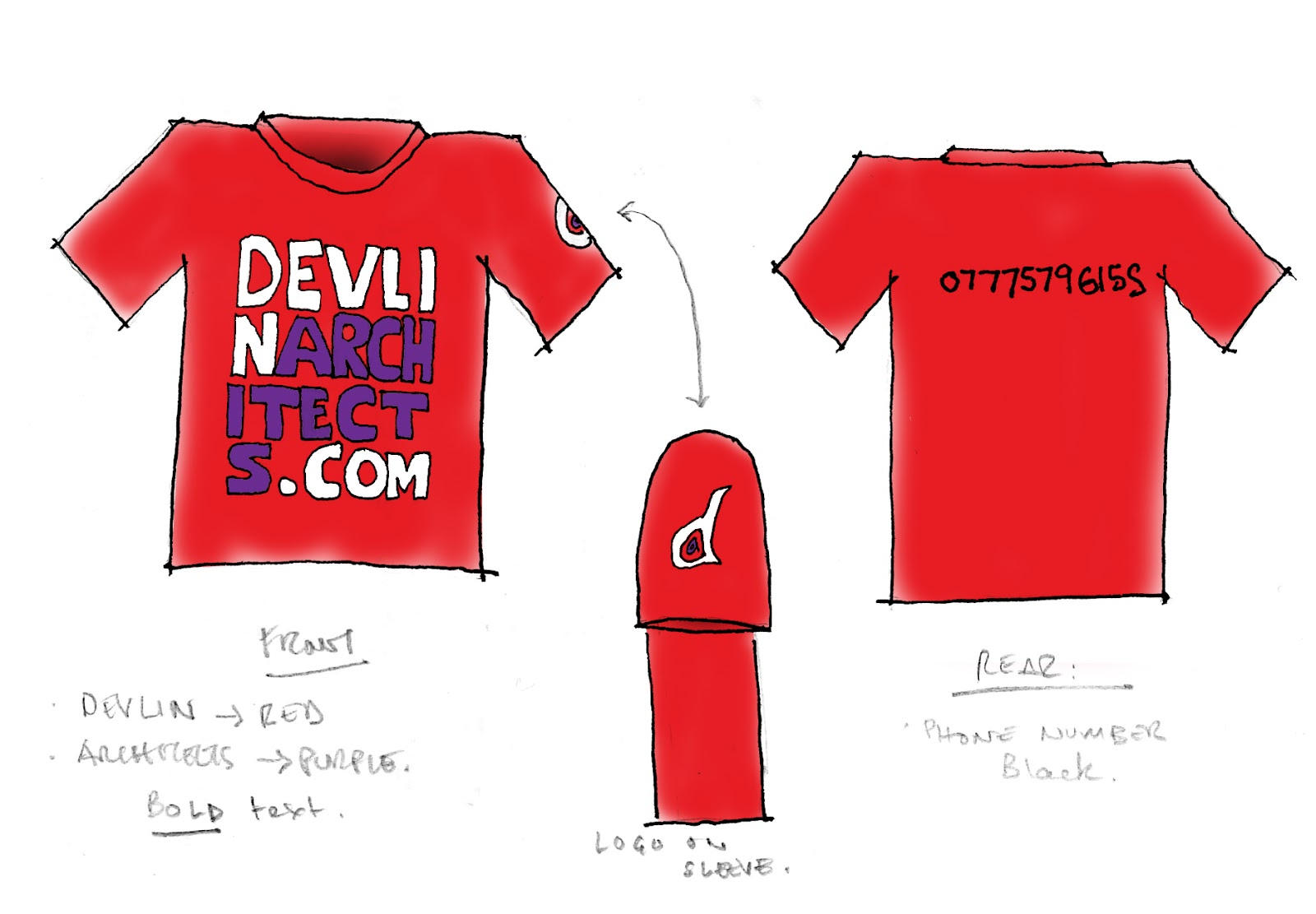As I have previously mentioned in the blogs, I recently submitted for the writing prize and was unsuccessful. However, I enjoyed participating and felt it was a chance to explore the topic in a manner that interested me.
This was my submission:
Client: I’ve had second thoughts on the main staircase. I’ve changed my mind on the materials and I’ve got a few new ideas.
Architect: We are two thirds along the construction programme and have been on site 8 months; this will cost a significant sum. I don’t think structurally and aesthetically it will work.
Client: Surely it won’t cost that much, and what’s the risk? I don’t mind paying a little bit extra.
Architect: [Hangs head in despair]…
As architects we have all had situations like the above and had to breathe and calmly respond. The client demands something that is too late to change and is detrimental to the programme. The cost of designing, checking and building the new concept far outweighs any benefit the design will offer the overall project. It’s clear not every whim of the client can be satisfied regardless of how deep their pockets are. The ARB Code of Conduct states that an architect must act with honesty and integrity. This overrides the demands of the client as the architect is duty bound to keep the client informed, even when telling them things they do not want to hear.
As the lead consultant the architect is also under the duty to consider the wider impact of their work. Each element of the building is not stand alone; each variation could impact on the original concept and the whole scheme. Even at the scale of a staircase the architect brings together the thoughts and strategies of the whole design team. A whimsical change can have a far reaching impact.
This impact can extend to beyond the geographical boundaries of the client’s site. The consequence of considering the wider influence of a project requires the architect to bear in mind the historical and cultural background of its setting. The development of the renowned Tate Modern would have required Herzog & De Meuron to take on the role of an historical detective. Unearthing clues from the past will reveal how the building was used and has changed over time. This will enable and architect to form the basis of the reinvention, renovation or refurbishment of an old building, offering a new beginning and a new chapter to its story.
The bold transformation of the Tate Modern resurrects an old power station from its deceased industrial past. The building is perfectly placed and forms a significant part of the regenerated area of London on the River Thames. The conversion of this elegant power station is sympathetic to its architectural history and uses. A two storey glass extension shows the world its new hat as a panoramic restaurant with excellent views of the city. When entering the cavernous old turbine hall it gives the user an ever changing appearance featuring interesting exhibitions that capture the visitors’ attention from the moment you walk in.
The building is currently undergoing another dramatic change. The original building is now being extended to give more display space to the gallery and keep the attention of the users. The three former concrete underground oil tanks were saved by the architect and house new ‘live’ art displays that fuel the interest of the visitor. Above the tanks is planned a 10 storey modern enigmatic extension that is the architects stamp on the historical story of the bankside power station. Any new design needs to compliment the history of the building and its surrounding area. With the completion of the project the architect is leaving a personal imprint on the city, and the building’s redevelopment forms a part of the city’s history.
An architect is also duty bound to consider the end user, who is not always the client. The £1 billion development of Chavasse Park for Grosvenor in Liverpool is a scheme that has changed the whole fabric of the city and the way people engage with the area. The decline of the city in the 1980s fuelled the negative image of Liverpool and was something regularly mocked and ridiculed. The buildings in Liverpool are extraordinary and worthy of visiting as Pevsner would agree. But due to a lack of finance and ambition those around the development had been left to rot and degrade becoming black spots on an interesting fabric. A major change was required that would alter a large part of the city centre, but without destroying the existing heritage and culture.
The Liverpool One has interconnected all the streets of commerce and leisure facilities, manufacturing them into a rich retail environment and a vibrant area of the city. The character of the industrial heritage has not been lost but complimented and reinvented to show how important they were to keep. The replanted Chavasse Park is now raised high within the importance of the cityscape and offers numerous visual connections around the city, to the docks and the iconic River Mersey. People now flock to this quarter migrating from one city district to the parkland, and from one shopping level to the next. The success of Liverpool One has changed how people perceive this once ailing city.
Although an architect should consider the demands of the client and the end user, this also needs to be balanced with legal and regulatory requirements. A consideration of planning guidelines, building regulations, CDM requirements and contract administration obligations all influence the design and management of a project. A recent lecture given as a part of the London Architecture Festival 2012 questioned whether architects should do more to tackle the problem of obesity. In the USA they have gone one step further by producing a research document, “Active Design Guidelines: Promoting Physical Activity and Health in Design,” formed to encourage exercise and promote good health. Whether our role extends to undertaking the task of a personal trainer is debatable, as is whether the goal is achievable. Demands for example, to remove all lifts and introduce numerous inviting staircases with an aim of ‘getting you fit’ would not sit well with DDA requirements and Approved Document Part M regulations that require buildings to be accessible for disabled people.
With these conflicting demands the architect’s duties also extend into conflict resolution. On a small scale this could be a disagreement between a married couple about a colour scheme Sometimes this position means the stress of the project can affect the relationship between the clients. The architect acts as a sound board, diffusing the situation and resolving any issues at hand. This approach allows us to manage any fears, fill any gaps and ensure a positive project environment.
On a larger scale, when a project swings towards a dispute with associated extension of time claims, the architect as contract administrator is extremely important. An ability to get to the heart of the matter enables the architect to administer the contract in fairness to both parties and to formulate an assessment of the project. Fulfilling this duty can assist all parties to come to an amicable solution.
On a different note, according to the ARB Code of Conduct an architect has the duty to maintain the reputation of architects. This could include a requirement to maintain a sense of style, innovation and flair. Architects are recognized as intelligent, creative professionals who contribute positively to society. However, we are under an obligation to also recognize our limitations. We are not personal trainers, marriage counsellors or lawyers, but our role requires us to develop knowledge in a variety of subjects in order to successfully meet the demands of the client.
Finally, the architect has a duty to consider his own reputation and the image of his own practice. No one would want their name linked to a design disaster. Perhaps the annual winners of the Carbuncle Cup simply bent to the demands of the client. Maybe the recent winners, the owners of the Cutty Sark, demanded the ship be hoisted into the air oblivious to the stylistic implications. As architects we should remember that every completed project adds to our legacy. It is up to the architect to ensure that that legacy reflects his own high standards.
When dealing with a difficult client who wants an impromptu redesign of a staircase or some other dramatic change, not every whim can be satisfied. An architect is also under a duty to consider his legal obligations, the end user and the historical and cultural context of the building. Equally as important is that he remains true to himself, his vision, his practice and the sense of style he portrays.
MR SIMON DEVLIN – RIBA – SEPT 2012
Well that was it, if any one has any comments or thoughts on the above then don’t be shy.

